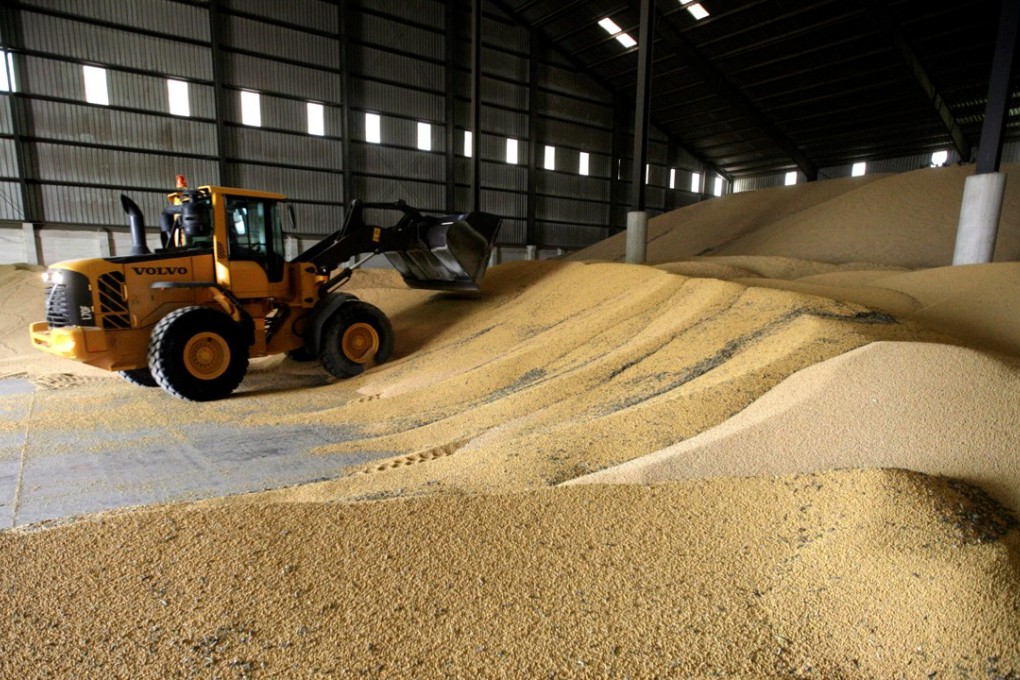How does China, the largest commodities buyer, become a price maker? Owning an offshore exchange is a start
China is hoping to have a long-term say in setting commodity prices as it looks to cut the dominance of exchanges in Chicago, London and New York

As the trade war with the US heightens concerns over the security of supplies – from soybeans to technologies – to the world’s biggest factory, China is building its first offshore commodities exchange, which it hopes will buy it a voice in influencing global prices beyond the ongoing dispute.
Mainland China is the world’s biggest consumer of raw materials from energy to agriculture products, but it remains a price taker at the mercy of traders in Chicago, New York and London, as well as Dubai where futures prices are fixed.
To change the game, China has established the Asia-Pacific Exchange (Apex) in Singapore, led by Eugene Zhu Yuchen, former chief of the Dalian Commodity Exchange, China Financial Futures Exchange and Shanghai Pudong Development Bank. Apex launched its first derivative product, palm olein futures, in May, and Zhu is setting a five-year timeline to make a global mark.
“Even though we have a successful commodities market [at home], our market is not internationalised, that is, we don’t have the power to set prices,” said Zhu, pointing to the three domestic commodities exchanges that allow minimal foreign investors to access.
“Without that ability, we feel like we are constantly in combat on someone else’s turf.”

“Processing factories in China are nearly one and the same. Which one does better depends on how well it controls commodity futures costs,” Zhu said. “Its success or failure rests on controlling that cost. A wrong take can result in its collapse.”